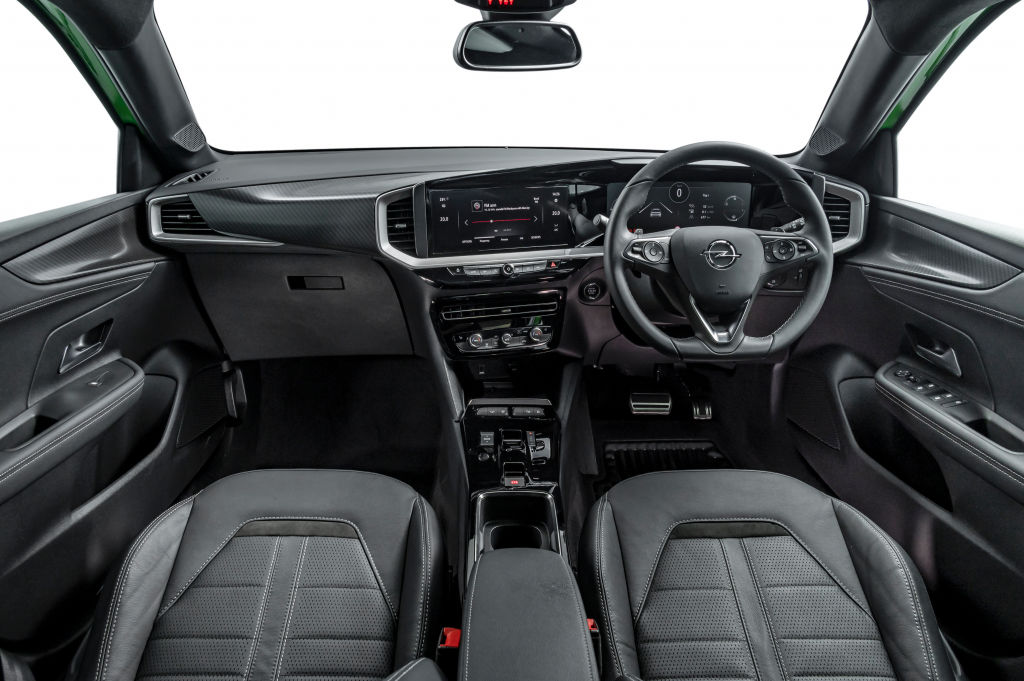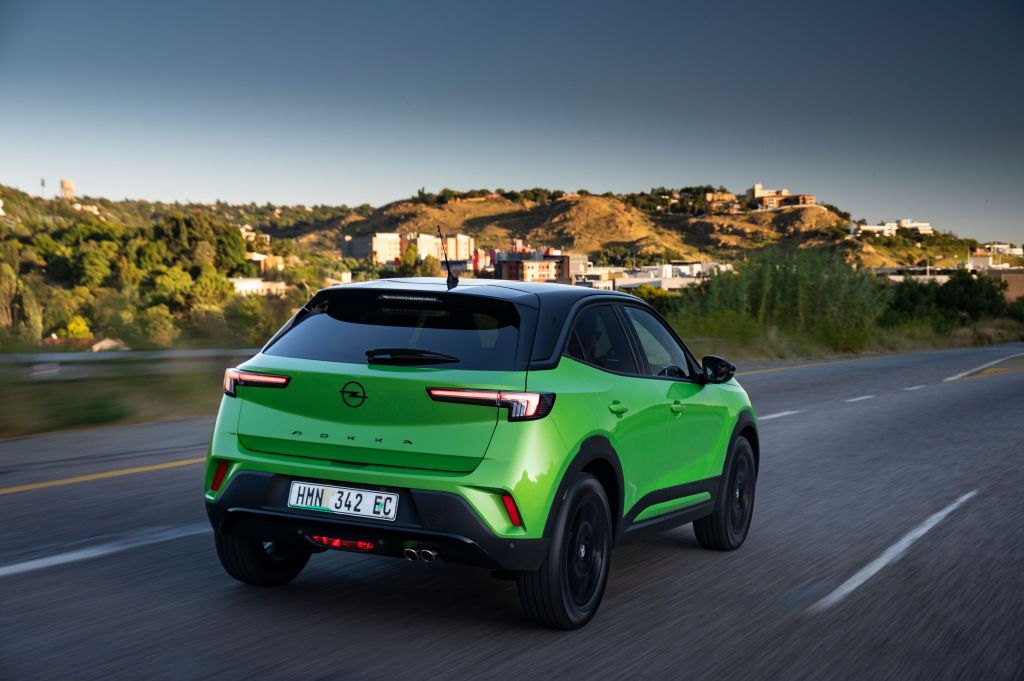These days, Opel isn't the first name people think of when buying a new vehicle. The game has long changed when the German brand was a force to be reckoned with a couple of decades ago, ruling the roost with the Astra and Corsa models in particular. While both those models, in particular, sell well in other markets, in South Africa, not so much because locals know where their (brand) loyalties lie - well, where hatchbacks and sedans are concerned, anyway.
It might sound negative right off the bat, but those are facts that ring true for the most part when you consider not only the buying trends of consumers but also the types of makes and models currently frequenting the road. The SUV market has blown up seemingly overnight, forcing automakers to 'go with the flow' and prioritise those body shapes.
This review is about an SUV from the Opel stable that started its life not too long ago in 2012 and is named after small, round coffee beans known as Mocha. This one, though, is spelled Mokka and is the dashing second-generation.
With the current model, Opel knew they couldn't miss anything on the brief because the first-generation was a tad underwhelming in the design stakes. It felt like one of those cars that, if you saw it - okay, cool, great, nice - it didn't leave people's eyes with anything to chew on. Try and say the same about the Mokka 2.0.
The model we had on review was in top-specced GS Line guise (priced from R527 900), though the range starts from R477 900 for the more 'subtle' Elegance derivative. The combination of the Powder Red body colour, black-painted roof, dark-tinted rear windows, black-coated 17-inch alloy wheels, and its conceptual 'Vizor' front grille layout is a killer combination and caught the attention of many people immediately. It has serious kerb appeal, and when you're paying more than half a million rand, you'd want a car to do just that.
It might sound negative right off the bat, but those are facts that ring true for the most part when you consider not only the buying trends of consumers but also the types of makes and models currently frequenting the road. The SUV market has blown up seemingly overnight, forcing automakers to 'go with the flow' and prioritise those body shapes.
This review is about an SUV from the Opel stable that started its life not too long ago in 2012 and is named after small, round coffee beans known as Mocha. This one, though, is spelled Mokka and is the dashing second-generation.
With the current model, Opel knew they couldn't miss anything on the brief because the first-generation was a tad underwhelming in the design stakes. It felt like one of those cars that, if you saw it - okay, cool, great, nice - it didn't leave people's eyes with anything to chew on. Try and say the same about the Mokka 2.0.
The model we had on review was in top-specced GS Line guise (priced from R527 900), though the range starts from R477 900 for the more 'subtle' Elegance derivative. The combination of the Powder Red body colour, black-painted roof, dark-tinted rear windows, black-coated 17-inch alloy wheels, and its conceptual 'Vizor' front grille layout is a killer combination and caught the attention of many people immediately. It has serious kerb appeal, and when you're paying more than half a million rand, you'd want a car to do just that.

Well, how does it drive?
The Mokka uses the same suspension and engine as the Peugeot 2008 - a turbocharged 1.2-litre three-cylinder engine with power outputs of 96kW and 230Nm, mated to an eight-speed automatic transmission. While those numbers aren't great on paper, it's a different proposition when it is actually in motion. Something about that saying that has to do with a book and its cover.
Even though the new model packs less power than its turbocharged 1.4-litre predecessor, it weighs up to 120kg less and also benefits from improved body rigidity. Most of the driving was done in Eco and Normal modes and puts the power down well in either setting with the gears changing closer to each other. Switch it to Sport, and you can hear an audible change in exhaust notes on idle and peppier performance when going from robot to robot, but overall its performance doesn't light your hair on fire. Still, it's nice to have a little bit of extra grunt at your disposal.
Opel claims a fuel consumption figure of 6.1-litres per 100km, but over a week's testing, I managed to eck out a figure around the 6.7-litre mark, and if you drive 'nicely,' you can increase the range.
What impressed me from a mechanical point of view was the smoothness of the turbocharged three-cylinder unit. It never feels underpowered (thanks in part to the meaty 230Nm on offer), and if for any reason you want to downshift other than by using the steering-mounted paddles, you can tap the accelerator while driving, and it will drop a gear. You can definitely tell this is not a wholly-built Opel product because there are signs of French sauvé in some of the detail.

Like the front cabin, for example. From behind the wheel, the dash is angled and focussed towards the driver (just like the Peugeot 2008), which also includes digital niceties like a digital instrument cluster, 10-inch infotainment touchscreen (complete with Apple Carplay and Android Auto compatibility).
There are also centrally-located buttons for the built-in navigation, active lane-keep assist, and lane departure warning functions. Other features like adaptive cruise control, adaptive headlights, directional turning headlights, push to start, a 180-degree camera, reverse camera, front and rear parking sensor and a smartphone charging plate, - come standard in the GS Line. The rest of the cabin features full leather seating, hard plastic finishes, and fake carbon fibre trimming. Personally, it didn't detract from the overall feel, but some might be more critical of it.
Unfortunately, the Mokka has a blemish on its report card, which is the limited space for rear occupants. It's great for a small family (of four), and the 310-litres of boot space (only better than the Mazda CX-30 that has 295-litres) can fill up pretty quickly.
Rivals
Honda HR-V (priced from R469 000)
Hyundai Kona (priced from R478 900)
Mazda CX-30 (priced from R483 100)
Volkswagen T-Roc (priced from R563 800)
Peugeot 2008 (priced from R449 900)
Where aftersales is concerned, the Mokka range comes standard with a three-year or 120 000km mechanical warranty inclusive of roadside assistance, and a four-year or 60 000km service plan.
Now that you’ve got the knowledge, it’s time to shop! Head to gumtree.co.za or your Gumtree app (click for Apple & Android) and don’t forget to use your location settings to find local service information close to home.



